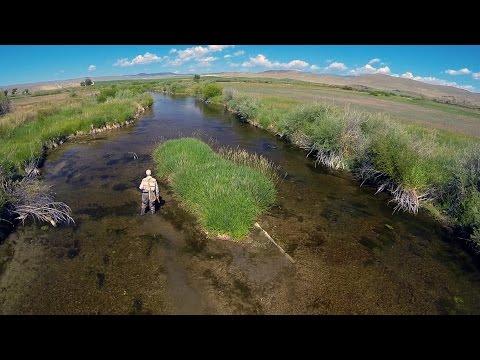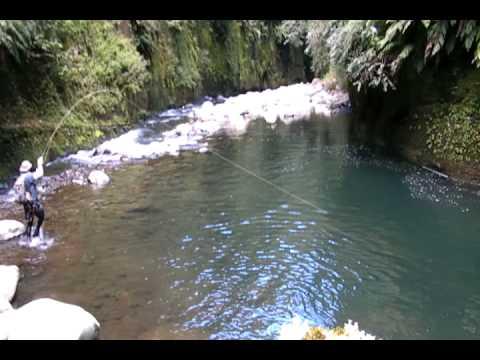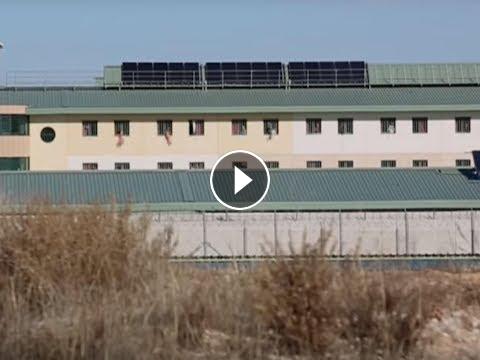Outcry grows over use of Spanish p.rison to house migrants after d.eath of Algerian man.
As in thousands of towns and villages across Spain, the inhabitants of the sleepy Andalusian pueblo of Archidona cheered and clapped as they greeted the three kings in the annual Epiphany procession, while helpers on the kings’ elaborately designed floats threw out handful after handful of boiled sweets to the watching crowds, and Christmas carols boomed out overhead.
But just a few kilometres away from Archidona’s maze of narrow paved streets and beautiful eight-sided, 17th-century town hall square, an as-yet unopened prison, acting as a temporary holding centre for hundreds of migrants, is currently providing a much bleaker welcome for some other, less willing, visitors to the town.
The prison was given its surprising and controversial new role last November, when more than 500 refugees and migrants were intercepted in less than a week on the Mediterranean coast near Murcia. With many of Spain’s holding centres already overflowing, the judges overseeing the legal processing of the new arrivals ordered them to be taken hundreds of kilometres westwards to central Andalusia, to what court documents euphemistically called “an internment centre for foreigners”.
For some, the Archidona prison is symptomatic of a deeper crisis in Spain’s handling of its refugees. According to the latest figures from the UN’s International Organisation for Migration (IOM), the number of migrants and refugees reaching Europe by sea has dropped dramatically, from 363,504 in 2016 to 171,409 in 2017. But in Spain, the IOM reports the number of migrants reaching the country’s coastline has nearly tripled, from 8,162 in 2016 to 21,663 in 2017. The situation in holding centres grew so critical in Catalonia that last year, for four days, a dozen underage refugees were given temporary accommodation in a Barcelona court waiting room.
As in thousands of towns and villages across Spain, the inhabitants of the sleepy Andalusian pueblo of Archidona cheered and clapped as they greeted the three kings in the annual Epiphany procession, while helpers on the kings’ elaborately designed floats threw out handful after handful of boiled sweets to the watching crowds, and Christmas carols boomed out overhead.
But just a few kilometres away from Archidona’s maze of narrow paved streets and beautiful eight-sided, 17th-century town hall square, an as-yet unopened prison, acting as a temporary holding centre for hundreds of migrants, is currently providing a much bleaker welcome for some other, less willing, visitors to the town.
The prison was given its surprising and controversial new role last November, when more than 500 refugees and migrants were intercepted in less than a week on the Mediterranean coast near Murcia. With many of Spain’s holding centres already overflowing, the judges overseeing the legal processing of the new arrivals ordered them to be taken hundreds of kilometres westwards to central Andalusia, to what court documents euphemistically called “an internment centre for foreigners”.
For some, the Archidona prison is symptomatic of a deeper crisis in Spain’s handling of its refugees. According to the latest figures from the UN’s International Organisation for Migration (IOM), the number of migrants and refugees reaching Europe by sea has dropped dramatically, from 363,504 in 2016 to 171,409 in 2017. But in Spain, the IOM reports the number of migrants reaching the country’s coastline has nearly tripled, from 8,162 in 2016 to 21,663 in 2017. The situation in holding centres grew so critical in Catalonia that last year, for four days, a dozen underage refugees were given temporary accommodation in a Barcelona court waiting room.
- Category
- Fly Fishing




